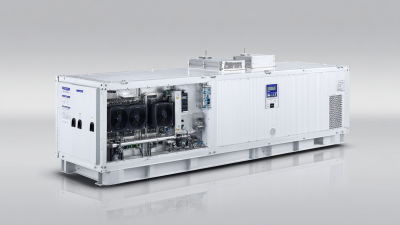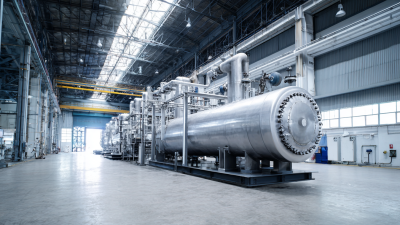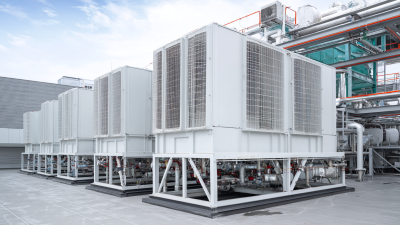In an era where technology is rapidly evolving, the demand for efficient Thermal Management Coolers has never been more critical. As devices become more powerful, the challenge of maintaining optimal operating temperatures not only enhances performance but also extends the lifespan of electronics. Innovations in thermal management solutions are paving the way for advanced cooling techniques, ensuring that smartphones, laptops, and gaming consoles remain within safe temperature thresholds. This article explores state-of-the-art technologies and clever design strategies that contribute to improved cooling solutions. From phase change materials to innovative heat pipe designs, we will delve into how these advancements are shaping the future of thermal management and their implications for device reliability and user experience. Join us as we uncover the latest trends and techniques in the realm of Thermal Management Coolers, providing insights on how they can keep your devices cool and performing at their best.
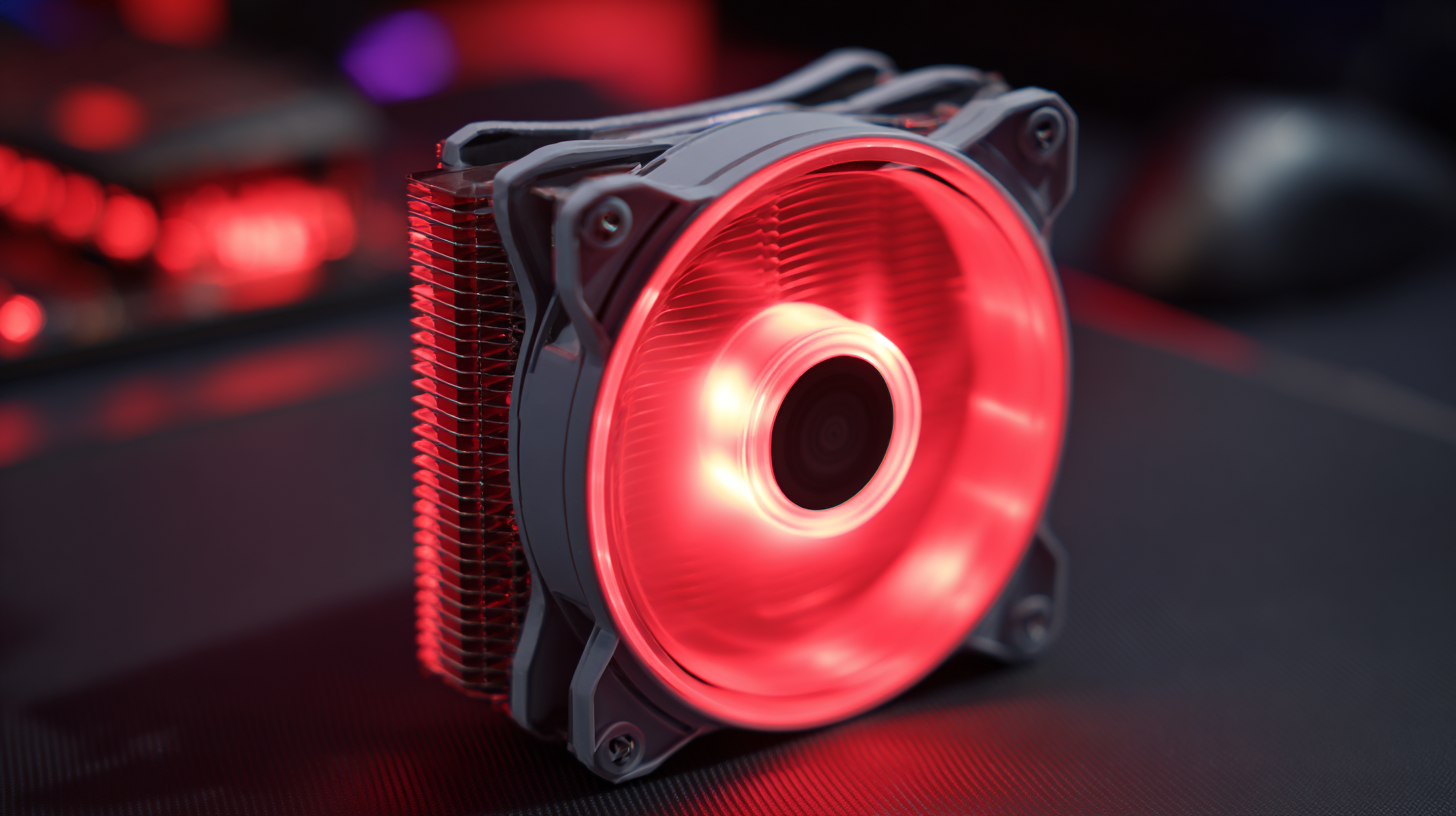
The significance of thermal management in modern electronics cannot be overstated, as devices continue to evolve, developing more advanced technologies that generate higher amounts of heat. According to a report by MarketsandMarkets, the global market for thermal management technologies is projected to reach $10.4 billion by 2025, reflecting a compound annual growth rate (CAGR) of 5.5% from 2020 to 2025. This trend highlights the increasing demand for effective thermal management solutions to ensure the reliable operation of electronic components.
Overheating can lead to performance degradation, reduced lifespan, and even catastrophic failure in electronic devices, making efficient thermal management systems vital. For instance, semiconductors, which are the backbone of modern electronics, become less efficient as temperatures rise. A study by the Semiconductor Industry Association shows that maintaining optimal operating temperatures can improve semiconductor efficiency by up to 25%. With the advent of compact devices and high-performance applications, the need for innovative solutions such as advanced thermal interface materials and heat pipe technology is more pressing than ever.
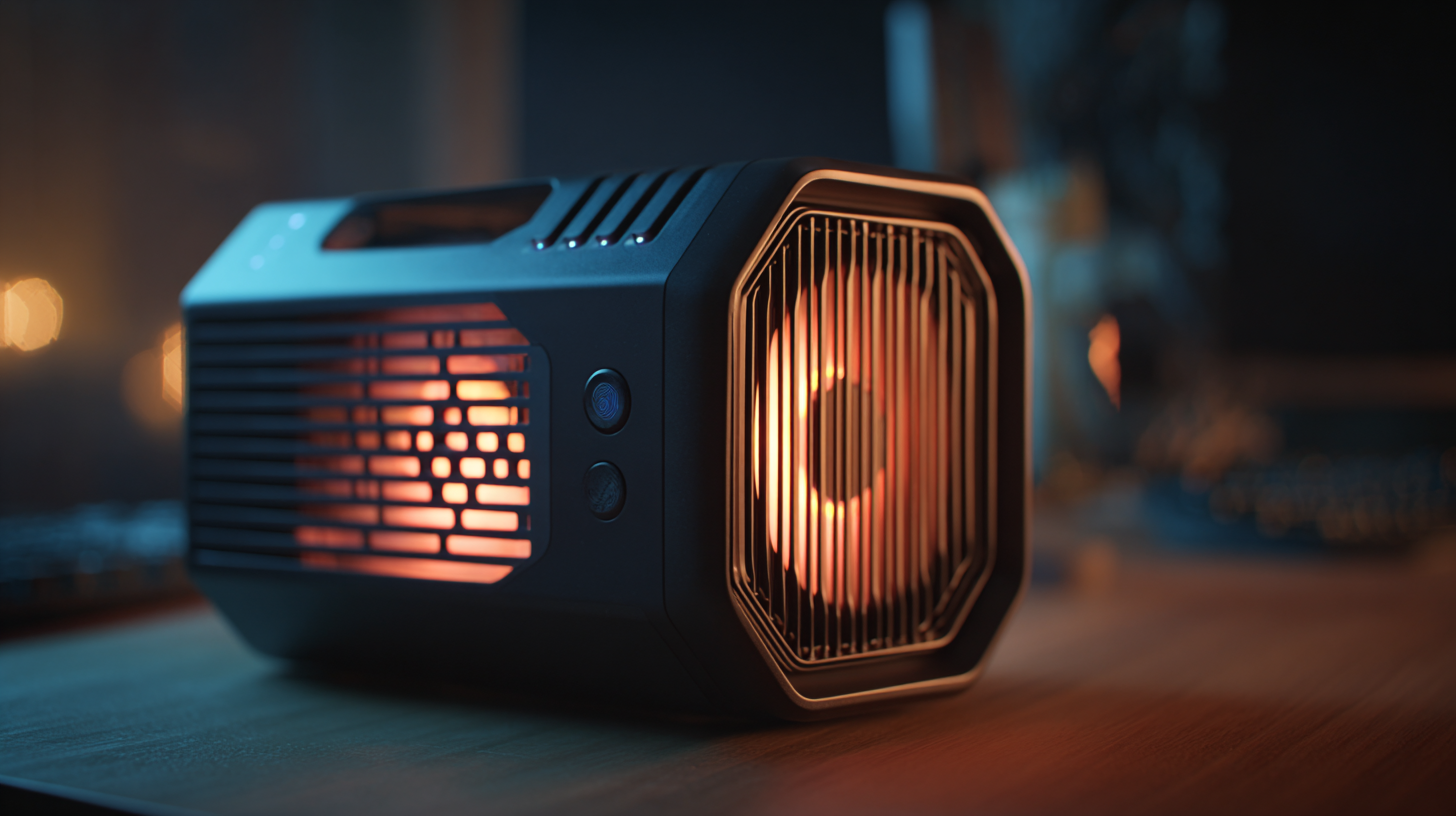
The future of thermal management coolers is being reshaped by innovative materials that are enhancing heat dissipation and improving device performance. According to a recent report from Markets and Markets, the global thermal interface materials market is expected to grow from USD 2.25 billion in 2020 to USD 3.41 billion by 2025, at a CAGR of 8.63%. This growth is largely driven by the increasing demand for effective thermal management in consumer electronics and electric vehicles, necessitating advancements in cooler design and materials.
One of the most significant innovations is the use of advanced phase change materials (PCMs) that can absorb, store, and release thermal energy efficiently. Research by the International Journal of Thermal Sciences indicated that these materials can improve heat transfer rates by up to 50% compared to traditional materials. Moreover, the incorporation of graphene and other nanomaterials is also proving to be a game changer, providing excellent thermal conductivity along with lightweight characteristics. These advancements enable manufacturers to create slimmer and more efficient devices without compromising on performance, thereby redefining the standards in thermal management solutions.
In the realm of thermal management, the choice between active and passive cooling solutions plays a crucial role in determining the efficiency and longevity of electronic devices. A report by MarketsandMarkets predicts that the thermal management market will grow from $4.58 billion in 2020 to $9.57 billion by 2025, highlighting the increasing importance of effective cooling technologies.
Active cooling systems, which include fans and liquid cooling systems, are designed to actively remove heat from components, thus providing superior cooling performance under high thermal loads. For instance, a well-designed active cooling system can reduce operating temperatures by up to 30%, significantly enhancing the reliability and performance of high-powered devices.
Conversely, passive cooling solutions, such as heat sinks and thermal conductive materials, rely on natural heat dissipation without the aid of moving parts. These systems are generally more energy-efficient, as they do not require additional power to operate. According to a study by Frost & Sullivan, passive cooling solutions accounted for roughly 47% of the market share in 2021, emphasizing their effectiveness in applications where low noise and minimal maintenance are paramount.
As devices continue to shrink in size and increase in power, understanding the interplay between active and passive cooling methods will be essential for optimizing performance and ensuring thermal stability in future electronic designs.
The evolution of thermal management systems is being significantly shaped by smart technologies, which are introducing innovative solutions to traditional cooling challenges. According to a recent report by MarketsandMarkets, the global smart thermal management market is expected to grow from USD 8.3 billion in 2023 to USD 15.1 billion by 2028, at a CAGR of 12.7% during the forecast period. This growth is driven by the increasing adoption of electronics in various sectors, necessitating advanced cooling solutions that can adapt to real-time conditions.
Smart technologies, such as artificial intelligence and IoT, are enhancing thermal management by allowing for predictive maintenance and real-time monitoring. These systems can analyze temperature data and adjust cooling strategies accordingly, minimizing energy consumption while ensuring optimal performance. The International Data Corporation (IDC) projects that by 2025, 70% of organizations will actively deploy IoT solutions to manage environmental conditions, reflecting a strong shift toward data-driven thermal management systems that improve efficiency and reduce operational costs. As we explore the future of thermal management coolers, it is clear that these innovations are not just enhancing device longevity but revolutionizing the entire cooling landscape.
| Technology | Description | Advantages | Applications |
|---|---|---|---|
| Phase Change Materials (PCMs) | Materials that absorb or release heat when they change from solid to liquid or vice versa. | High thermal storage capacity, stability, and reusability. | Consumer electronics, HVAC systems, and vehicles. |
| Active Cooling Systems | Systems that use fans or pumps to circulate coolant for heat dissipation. | Efficient heat dissipation and temperature control. | High-performance computers, server rooms, and industrial machinery. |
| Thermoelectric Coolers (TECs) | Devices that transfer heat using the Peltier effect for temperature regulation. | Compact size, precise temperature control, and low noise levels. | Portable coolers, medical devices, and electronic components. |
| Liquid Cooling Systems | Utilize liquid coolant to transfer heat away from critical components efficiently. | Excellent cooling capability, ideal for high-performance systems. | Gaming PCs, overclocked systems, and data centers. |
| Smart Sensor Integration | Incorporating AI and IoT-enabled sensors to monitor and adjust cooling needs dynamically. | Enhanced efficiency, reduced energy consumption, and improved device longevity. | Smart homes, automotive industry, and industrial automation. |
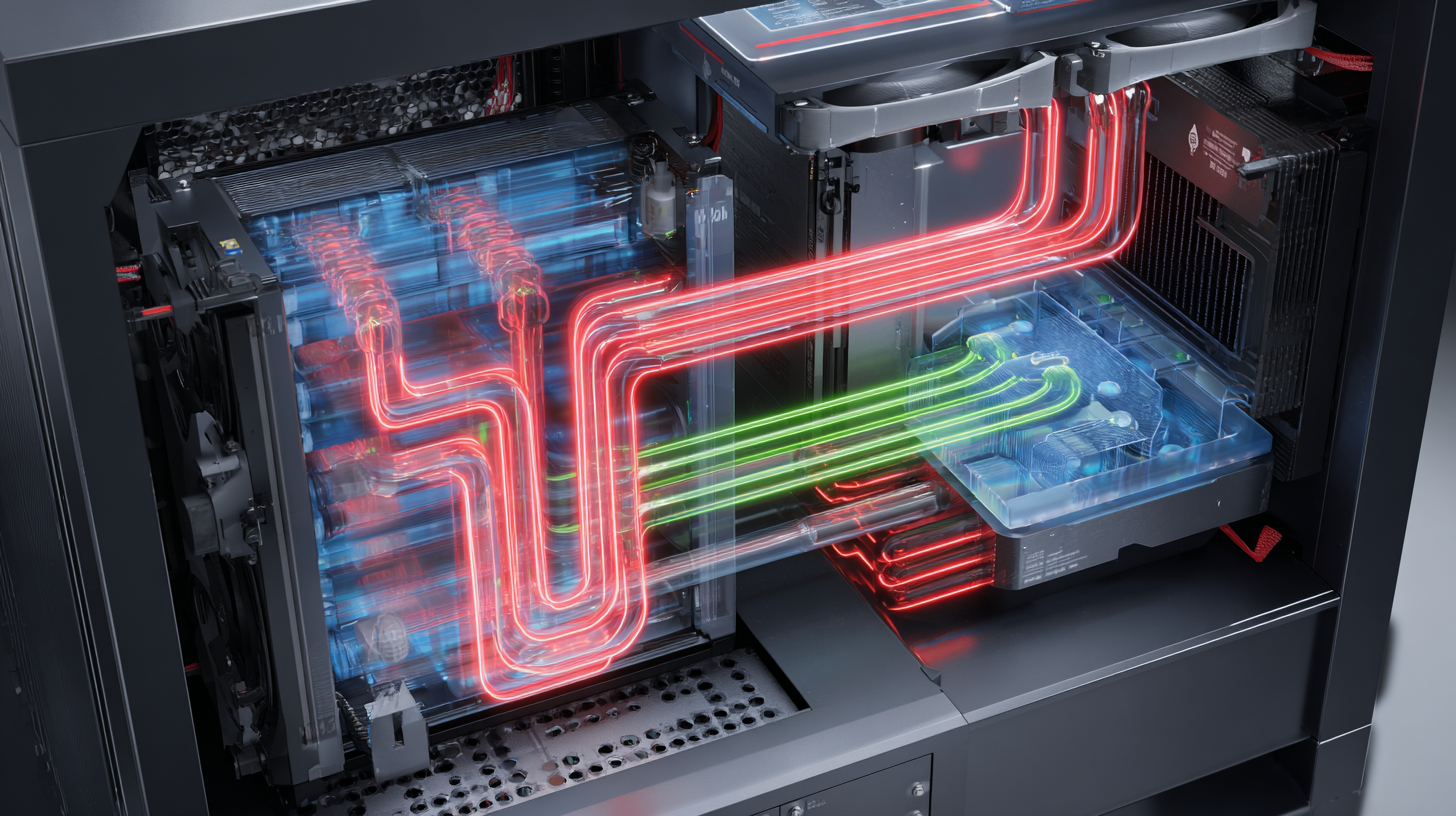 Sustainability has become a crucial factor in the development of thermal management coolers, as the tech industry increasingly recognizes its responsibility towards the environment. The rising demand for cooler devices, coupled with concerns about energy consumption and waste management, has prompted manufacturers to seek eco-friendly materials and processes. Innovations such as biodegradable plastics and energy-efficient cooling technologies not only reduce the environmental footprint but also enhance the overall performance of cooling solutions.
Sustainability has become a crucial factor in the development of thermal management coolers, as the tech industry increasingly recognizes its responsibility towards the environment. The rising demand for cooler devices, coupled with concerns about energy consumption and waste management, has prompted manufacturers to seek eco-friendly materials and processes. Innovations such as biodegradable plastics and energy-efficient cooling technologies not only reduce the environmental footprint but also enhance the overall performance of cooling solutions.
Moreover, the integration of sustainable practices in cooler design extends to the entire supply chain. By prioritizing local sourcing and minimizing transportation emissions, companies can significantly lower their carbon impact. Furthermore, encouraging consumer awareness about proper disposal and recycling of cooling devices contributes to a circular economy, ensuring that materials can be reused rather than ending up in landfills. As the industry progresses, sustainable thermal management coolers will not only help keep devices cool but also promote a greener future, aligning technology with environmental stewardship.

